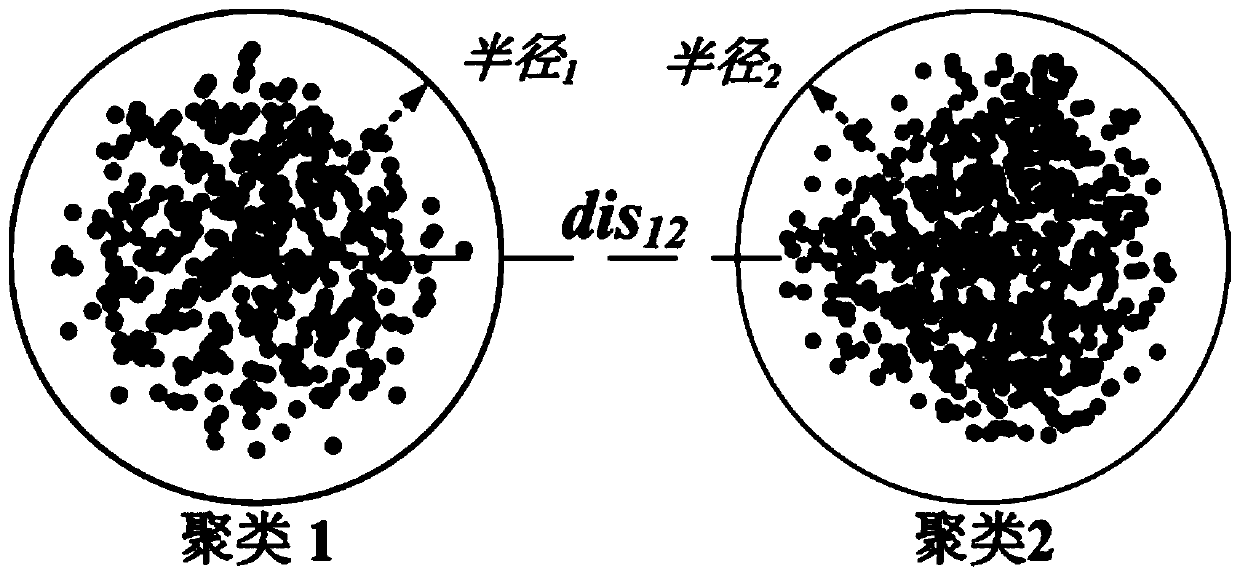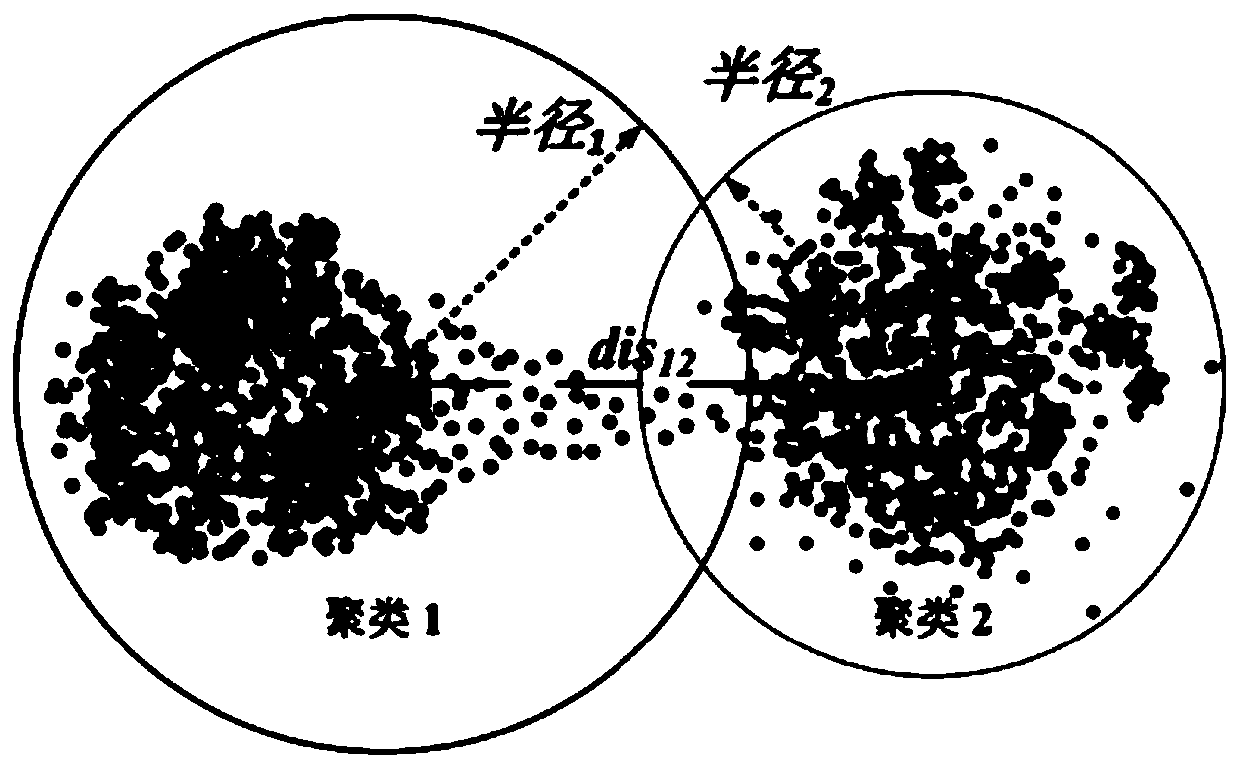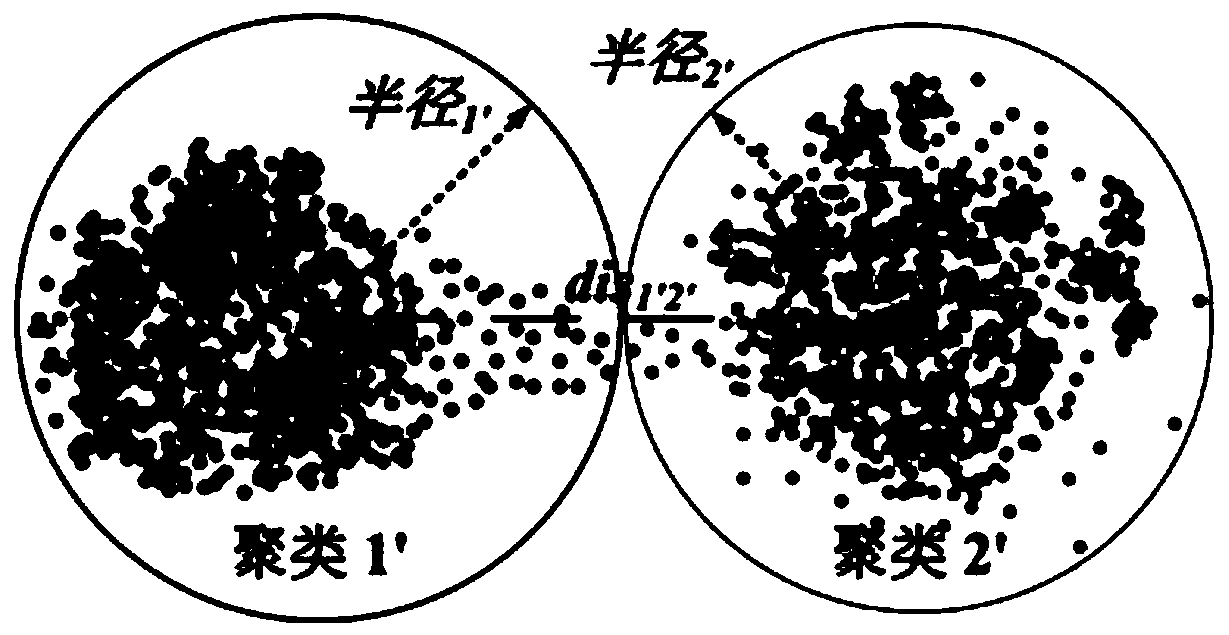An image adaptive clustering method based on visual bionics and force field
A technology of adaptive clustering and visual bionics, applied in the field of image processing, can solve problems such as difficult to analyze data and difficult to apply actual data analysis work
- Summary
- Abstract
- Description
- Claims
- Application Information
AI Technical Summary
Problems solved by technology
Method used
Image
Examples
Embodiment 1
[0036] This embodiment provides an image adaptive clustering method based on visual bionics and force field, comprising the following steps:
[0037] Step 1, select an image as the image Img to be analyzed, and generate the color map Img2 under the CIE-Laba color space from the image Img to be analyzed;
[0038] In this embodiment, according to the latitude of the image itself, the image Img is subjected to dimensionality reduction processing based on principal component analysis to form a three-channel color image Img1;
[0039] Then, according to the method stipulated by the International Association of Illumination (CIE for short in French), the color image is transformed to generate the color image Img2 of the CIE-Lab space;
[0040] Step 2, divide each band of the color map Img2 under the CIE-Laba color space into d subspaces, that is, get d n A color subregion space, wherein n is the number of bands of the color map Img2;
[0041] In this embodiment, according to the R...
Embodiment 2
[0068] In this embodiment, on the basis of Embodiment 1, the mobility between pixel i and pixel j
[0069] Ideally, mobility is 1. Therefore, the force field coefficient can be back-calculated according to the known relative mass and the known distance of the final clustering result in space specific value;
[0070]
[0071] in, is the force field coefficient; m i Indicates the quality of pixel i; dis ij is the distance between pixel i and j under ideal conditions; MO ij Indicates the mobility between pixel i and pixel j;
[0072] force field coefficient Substituting in Example 1, it can be obtained .
PUM
 Login to View More
Login to View More Abstract
Description
Claims
Application Information
 Login to View More
Login to View More - R&D
- Intellectual Property
- Life Sciences
- Materials
- Tech Scout
- Unparalleled Data Quality
- Higher Quality Content
- 60% Fewer Hallucinations
Browse by: Latest US Patents, China's latest patents, Technical Efficacy Thesaurus, Application Domain, Technology Topic, Popular Technical Reports.
© 2025 PatSnap. All rights reserved.Legal|Privacy policy|Modern Slavery Act Transparency Statement|Sitemap|About US| Contact US: help@patsnap.com



